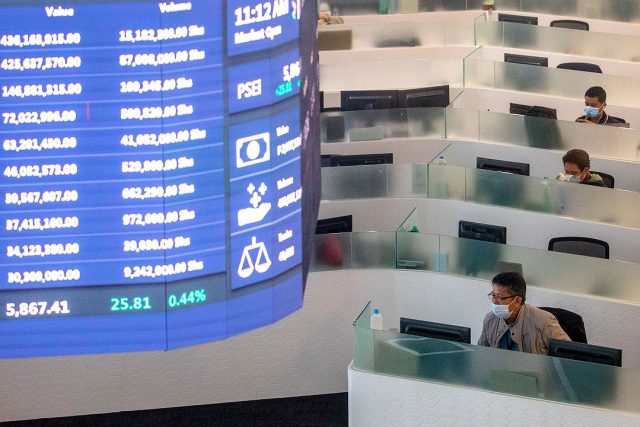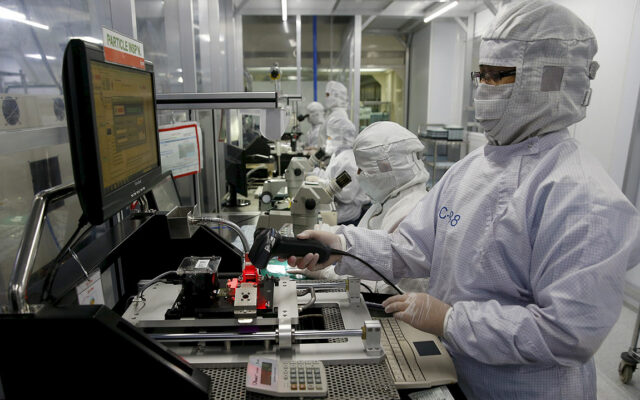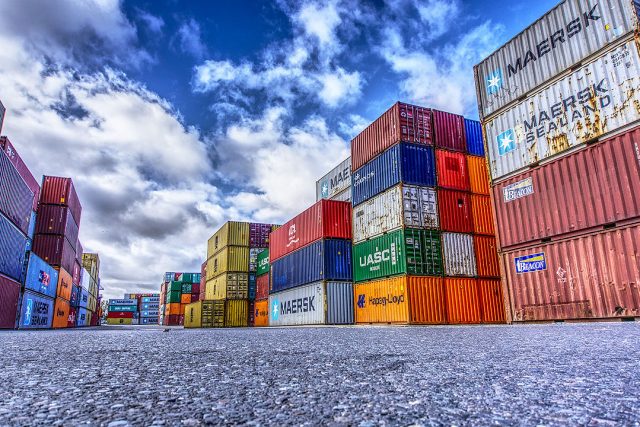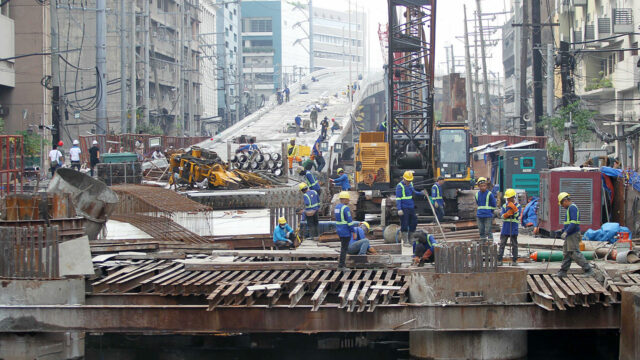THE PHILIPPINES has failed to break out of a long-running $10 billion a year ceiling on foreign direct investment (FDI), to the detriment of its manufacturing and export performance, a former chief economic planner for the Duterte government said.
At the Philippine Economic Society Annual Meeting and Conference on Wednesday, former National Economic and Development Authority (NEDA) Secretary Ernesto M. Pernia noted the struggle to exceed the $10-billion FDI cap, which he called “quite challenging for the Philippines, being the laggard in advancing its manufacturing sector. Enhancing the manufacturing sector, as our ASEAN peers have, requires ample foreign direct investment, domestic investment and the capacity to export, which is facilitated by FDI,” he said.
He noted that the Philippines took in FDI of $9 billion in 2022, lagging Malaysia ($15 billion), Vietnam ($17 billion), and Indonesia ($21 billion).
“We are not attracting enough FDI because we are seen as having too many complex regulations, which actually tends to be an avenue for corruption. Regulations should be more straightforward, transparent, and simple. Simple regulations are better than a web of regulations,” he told reporters on the sidelines of the conference.
The central bank reported that FDI net inflows rose 35.7% year on year to $753 million in July. In June, FDI inflows totaled $484 million.
In the first seven months of 2023, FDI inflows decreased 14.7% year on year to $4.66 billion.
“Given limited FDI, the Philippines’ capacity to export is also limited as exports are largely directly related to foreign enterprises, which are the main sources of FDI,” Mr. Pernia said.
He noted that the $79 billion in merchandise exports in 2022 were “rather measly” compared with those of Thailand ($287 billion), Indonesia ($292 billion), Malaysia ($353 billion), and Vietnam ($372 billion).
The Philippines also has the lowest exports-to-GDP (gross domestic product) ratio at 13.8%. This is below Indonesia’s 19.6%, Thailand’s 53.5%, Malaysia’s 63.3%, and Vietnam’s 104.2%.
Merchandise exports contracted 6.3% to $6.73 billion in September, a reversal from the 7.2% growth a year earlier and the revised 4.2% in August.
This brought the trade-in-goods deficit to $3.51 billion in September, down 27% from a year earlier. The revised deficit in August was $4.13 billion.
“What may be more feasible in the short to medium term is tapping smartly and sustainably our mining resources — namely, gold, silver, copper, iron ore, and oil mining — that are relatively abundant in the Philippines,” Mr. Pernia said.
He said processing raw ore could maximize value-added before the output of our mines is shipped overseas, which could make a considerable difference in boosting the manufacturing sector.
He also noted that it is crucial to sustain the continued expansion in factory activity.
The S&P Global Philippines Manufacturing Purchasing Managers’ Index was 52.4 in October from 50.6 in September. This was the second straight month of improvement in operating conditions and the strongest reading in seven months.
“The government or the private sector should do a survey or just go around ASEAN and find out how things are being done. They seem to have ways of doing things better and more productively,” Mr. Pernia added.
Separately, a recent Pulse Asia survey commissioned by Stratbase ADR Institute found that most respondents want the Marcos administration to strengthen economic ties with the US and Japan.
The survey found that 74% of respondents want stronger partnerships with the US, while 55% supported enhanced ties with Japan.
Australia (46%), Canada (40%), and the European Union (26%) were also deemed by respondents to be attractive partners.
When asked to identify three ways the private sector can help in ensuring economic security, respondents said companies need to make affordable and accessible products (64%), generate jobs (60%), and develop livelihood opportunities (58%).
Stratbase ADR Institute President Victor Andres C. Manhit said: “partnering with (the US and Japan) and focusing on sectors that present great opportunities boost our chances of attaining investment-led growth that will pave the way for a resilient, prosperous, and sustainable future,” Mr. Manhit said.
He said an investment-led economy will help generate better-quality jobs.
“In this regard, it would be greatly beneficial that the government provide incentives such as income tax holidays that are tailor-fit to investors that cater to both the international and domestic markets in order to support their expansion and generate more jobs,” he said.
The Pulse Asia survey was conducted between Sept. 10 and Sept. 14, with input from 1,200 respondents. — Keisha B. Ta-asan



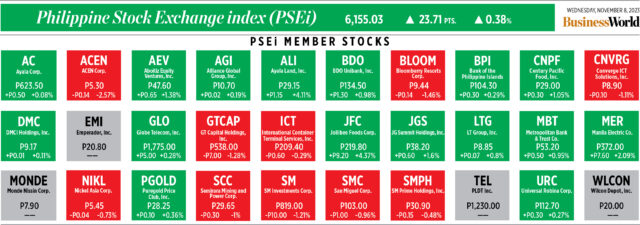


![[PHOTO-RELEASE]-MOVE-IT-Riders-Gather-to-Defend-Livelihood,-Takes-United-Stand-Against-Proposed-Ban-OL](https://www.bworldonline.com/wp-content/uploads/2023/11/PHOTO-RELEASE-MOVE-IT-Riders-Gather-to-Defend-Livelihood-Takes-United-Stand-Against-Proposed-Ban-OL-640x360.jpg)



